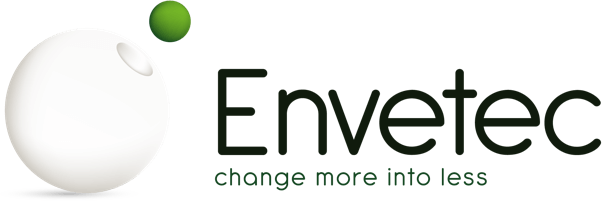Technopath Range Explained
Discover how to increase laboratory efficiencies with Multichem® Third Party Quality Controls and IAMQC® software solutions.
)
)
Technopath is a great partner for us...
Dwayne Allen Breining, MD - Director of Northwell Health Laboratories, USAListen to Northwell Health's account of their switch to Technopath QC solutions
WATCH VIDEOFind out why major laboratories like Northwell Health are converting to Technopath QC solutions






Visit Our Knowledge Centre
For access to IAMQC® Peer, Multichem® IFUs and other resource materials.



)
)
)
)
)
)